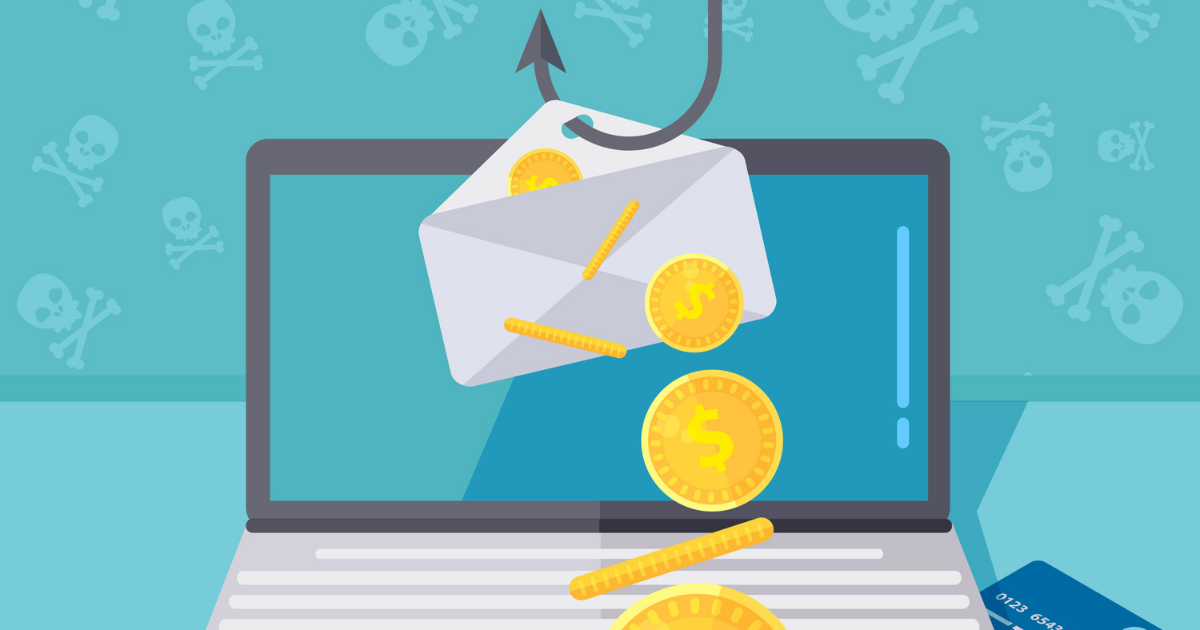Why Auditing Your Privileged Accounts Is Critical to Data Security

In the age of hybrid work, ensuring that users with elevated privileges are who they say they are is essential to adequate cybersecurity. But it’s not always easy to do. When employees log on from a distance, how can you ensure they are who they say they are? Plus, when an employee changes roles or leaves their job, how can you ensure they aren’t accessing anything they shouldn’t be? Out of these questions, privileged account management (PAM) was born. PAM is the process of evaluating, managing, and auditing user accounts with elevated privileges – accounts like IT admins administrator accounts, service accounts, and domain accounts.
Generally, it would be best if you used the principle of least privilege for all your accounts, meaning that employees are only granted access to the information and resources they need to do their jobs – and nothing further. With this principle in place, only a small number of users – your privileged accounts – should have unrestricted access to your corporate infrastructure. Having the principle of least privilege in place reduces the likelihood of a successful cyberattack. For example, if a hacker was able to compromise an employee account, they wouldn’t have unfiltered access to all of the company’s resources. If, though, a criminal gained access to a privileged account, the stakes are high. This is precisely why you should audit your privileged accounts.
The Cybersecurity Risks Surrounding Privileged Accounts
The dangers around privileged credentials compromise are huge. In fact, Forrester estimates that over 80% of enterprise data breaches occur due to compromised privileged account credentials. Too often, privileged account passwords are easy to guess, making it straightforward for hackers to exploit their access. We also need to consider the insider threat. While all organizations want to trust their employees to do the right thing, there are instances where employees with malicious intentions will steal company data. This most commonly happens in cases where an employee is about to move to another company and, thus, tries to take corporate secrets with them. To combat these risks, you must regularly audit your privileged accounts. PAM, though, is not always straightforward. The auditing process is often labor-intensive, paper-based, and clunky, making it difficult for companies to keep track of logins and access rights.
How to Better Audit Privileged Accounts
Achieving data security is essential to business operations, and privileged accounts present a real risk. We recommend that companies take a proactive, technology-focused approach to PAM. Here’s how:
Create a dynamic inventory of your privileged accounts
Account management starts with knowledge. You will need to create a database containing information about your privileged users and what they have access to. This document needs to be dynamic. You should update in line with people’s movements and new hires. Moreover, when an employee needs excess privileges for a one-off project, this process should be documented within the inventory. You will need to ensure that the employee’s rights are only elevated to the bare minimum that is necessary to perform the task, and the permissions should be changed back to normal as soon as the job is complete.
Train your employees
It would be best to put in place robust expectations around how privileged users are expected to interact with corporate resources, such as setting complex passwords, using multi-factor authentication, and not sharing their credentials with other users. These expectations should be communicated in written guidelines. You could also give these users training around data security and privileged access.
Evaluate privileged user behavior
Inventory and training aren’t enough to stop an insider threat or compromised account in action. This is why we recommend actively checking how privileged users interact with corporate resources. You should look for instances of suspicious behavior, such as an employee logging on in the middle of the night or downloading large amounts of company data. Of course, manually reviewing these accounts is both time-consuming and can be overwhelming. Luckily, some solutions can automate this process through artificial intelligence. These solutions use pattern recognition to spot and flag unusual behavior. They can also help with auditing by keeping track of how privileged users behave over a long period. The right solution for your business will depend on your specific needs and budget. Please speak to one of our security technicians to learn more about PAM technologies.
Protect Your Business With Unbeatable IT Security
You’ve worked hard to build your business, secure the trust of your customers, and put money in the bank. Don’t let some faceless criminal take that away from you. Copperband Technologies can help your southern Kentucky or Middle Tennessee business with all your cybersecurity needs, including privileged account management and audits. Contact us today to schedule a consultation! Call 931.263.8000 or reach us online.






